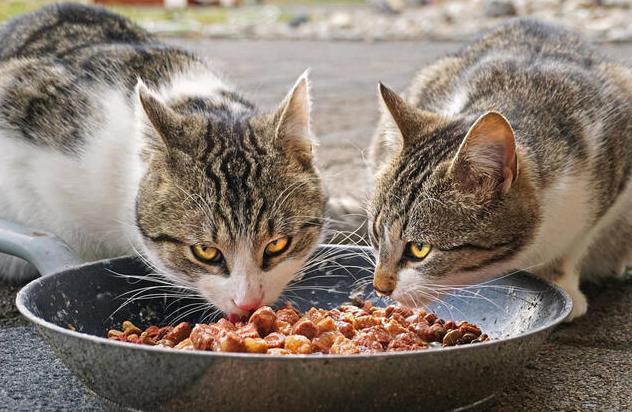Cats are notorious for their love of tuna, but what makes them so attracted to this fishy treat? A new study has uncovered the molecular mechanism behind cats’ preference for tuna, and it has to do with their taste receptors.
Cats have a different umami taste receptor than humans
Umami is one of the five basic tastes, along with sweet, sour, bitter and salty. It is the savory or meaty flavor that makes food more delicious and satisfying. Umami is mainly detected by two genes, Tas1r1 and Tas1r3, that work together to form a taste receptor on the tongue.
Humans and cats both have these genes, but they are very different in their structure and function. In humans, the umami receptor binds to two amino acids, glutamic and aspartic acid, that are abundant in foods like cheese, tomatoes and soy sauce. In cats, however, these amino acids do not bind to the umami receptor alone. Instead, they need another molecule, called a nucleotide, to enhance their effect.

Nucleotides are the building blocks of DNA and RNA, and they are also found in high concentrations in meat and yeast. Tuna is especially rich in nucleotides, which explains why cats love it so much. When cats eat tuna, the nucleotides bind to their umami receptor and make the amino acids more potent, creating a strong umami sensation.
Scientists discovered the cat umami receptor by dissecting a cat tongue
The study, published in the August issue of the journal Chemical Senses, was conducted by researchers from the Waltham Petcare Science Institute, a pet nutrition company that owns brands like Whiskas and Pedigree. The researchers dissected the tongue of a 6-year-old male cat that had been euthanized for other reasons and analyzed the gene expression on the taste buds.
They found that cats express both Tas1r1 and Tas1r3 genes, confirming that they have an umami receptor. They also compared the protein sequences of these genes with those of humans and other animals and found that cats have several mutations that make their umami receptor different from others.
The researchers then used computer models to simulate how different molecules would bind to the cat umami receptor. They found that nucleotides have a strong affinity for the cat receptor, while amino acids have a weak affinity. However, when both nucleotides and amino acids are present, they synergize and create a stronger binding.
Cats evolved to prefer umami because they are obligate carnivores
The researchers suggest that cats evolved to have a different umami receptor because they are obligate carnivores, meaning they need meat to survive. Unlike humans and other omnivores, cats do not need carbohydrates or sugars in their diet, which is why they cannot taste sweet. They also have fewer bitter receptors than humans, because they do not need to avoid toxic plants.
Umami, on the other hand, is very important for cats because it signals the presence of protein and nucleic acids in their food. By having a different umami receptor that responds strongly to nucleotides, cats can better detect and enjoy meaty foods like tuna.
The study also has implications for pet food manufacturers who want to create products that appeal to cats’ taste preferences. By adding nucleotides or amino acids to cat food, they can enhance the umami flavor and make it more palatable for felines.
